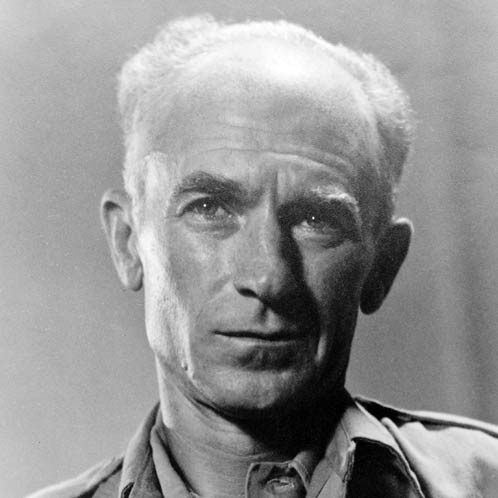The Golden Book originated with the earliest known attempt to keep track of IU veterans, a “University Soldiers” list of Spanish War veterans published in the alumni magazine, The Alumnus, in 1898. At the turn of the twentieth century, the roster expanded as a result of the growing national interest in honoring veterans of the Civil War, and versions of the list appeared appeared in issues of the Daily Student newspaper. A surge in patriotism because of the Mexican Border conflicts of 1910–18 spurred IU officials to began tracking IU students as they left campus.
Around that time, IU expanded its efforts to collect veterans’ information as part of its Memorial Fund Drive. When the United States entered World War I in 1917, students left by the train load to sign up, requiring even more fervent tracking by the university. The list, which was then printed on the back of Commencement programs, grew to more than 30 pages after WWI, and plans began for the creation of a permanent record.
In the 1930s, President William Lowe Bryan took up the cause, “so people can read the names of the sons and daughters of Indiana University who have fought in the wars of the republic,” and the Golden Book was born. The list eventually reached 10,000 names and also included individuals who had served in the War of 1812, the Black Hawk War, the Mexican War, the Spanish-American War, the Philippines Insurrection, the Mexican Border Expedition, and both world wars. The calligrapher of the original entries in 1932 is unknown. However, after World War II, elementary school teacher and IU alumna Dolores Rockwood, an experienced calligrapher, was hired to write the names of all WWII veterans in script on the pages of the book.
When the Indiana Memorial Union was dedicated in 1932, a large bronze plaque was laid in the floor in the atrium, dedicating the building to the “sons and daughters” who had served. Tradition says no one should step on the plaque. The Golden Book was placed nearby in a glass case, ensuring that everyone who came to campus knew of IU ’s military heritage.
In 1961, the Golden Book was moved to the Memorial Room when it was dedicated as a lasting tribute to those who serve during war. At one time the pages of the book were left open and its pages turned daily. Now, because of its age and delicate condition, it is locked in a protective glass case.








